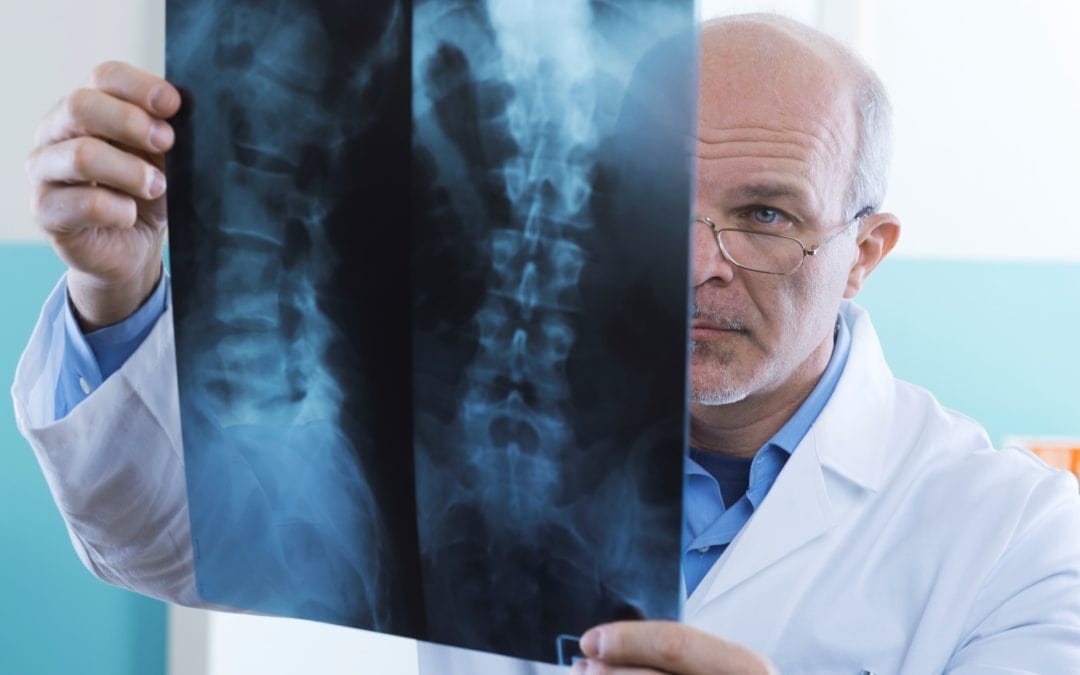Trudy visited a Regenexx doctor to get off migraine medications, as well as other medications that she was taking for her neck, back, shoulders, and knees. She could only stand for five minutes at a time. She aspired to return to one of her favorite pastimes of riding an all-terrain vehicle on the beautiful trails of Montana. Was it possible that regenerative medicine techniques would help this disabled woman achieve such overwhelming change?
Most patients believe that migraine headaches are caused by vascular problems in their brains. The truth, like many things in medicine, is always more complex. A neck problem more commonly sets off a migraine headache. Trudy’s advanced examination showed that her neck was causing her migraine headaches.
Most headache sufferers—and many neurologists—don’t realize that the upper neck facet joints refer pain into the head, so patients like Trudy often go undiagnosed. Trudy also had multiple neck disc bulges and a backwards neck curve.
To treat Trudy’s neck issues, the neck joints causing problems were injected with her own super-concentrated platelets. Her lax neck ligaments were tightened with precise injections of growth factors isolated from her blood platelets. The same mix was used to treat Trudy’s irritated neck nerves. As a result, Trudy dropped from taking 12 Relpax a month to two.
Trudy’s headaches were just part of the problem. MRI images showed spinal stenosis in Trudy’s back, a slipped vertebra, disc bulges in her upper back, and osteoarthritis in her knee. She had very little stabilizing muscle left in her back, which led her doctor to wonder if her remaining conditions were treatable. He injected highly concentrated platelets at much higher levels than the vast majority of practicing physicians can muster into Trudy’s knees to see if she would respond to anything. The treatment dramatically reduced Trudy’s knee pain and improved her function.
Trudy’s lower back presented another challenge. In order for her to be able to return to riding in an all-terrain vehicle, Trudy’s body needed to come into line since she would throw it out by riding over bumps. Most patients and surgeons don’t realize that the ligaments that compress the nerves (ligamentum flavum or LF) in the lower back are connected to other ligaments that can be tightened through injection. When these secondary ligaments are tightened, often the LF no longer places pressure on the nerves, which means that the patient then can stand for longer periods of time. Rather than cut out these ligaments and the bones in a massive surgery that might destroy Trudy’s back forever, simple injections similar to the others she had received were aimed at the ligaments, joints, and nerves that were causing the problem. After that treatment, Trudy was able to stand for an hour at a time instead of a mere five minutes.
Trudy now not only has been able to reduce her migraine-headache medication and stand for more normal periods of time, she also is back to riding her all-terrain vehicle with her husband.
“How to Get Off Migraine Medications” first appeared as a post on the Regenexx blog.
Like all medical procedures, Regenexx procedures have a success and failure rate.
Not all patients will experience the same results.
